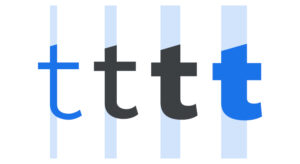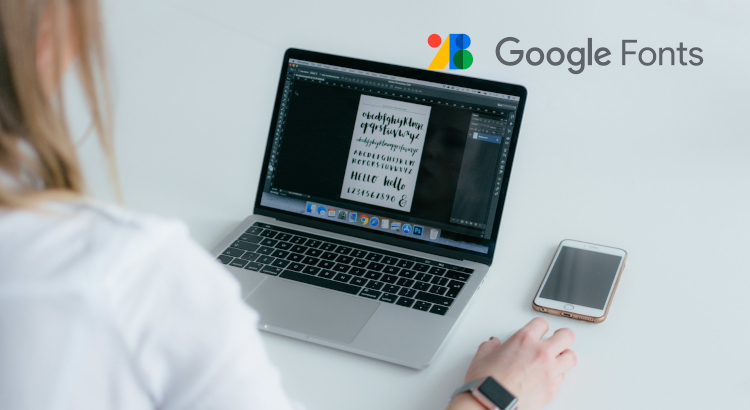Picking the right fonts for your website is crucial for creating a visually appealing and user-friendly experience. Google Fonts offers a diverse collection of typefaces, providing web designers with a versatile range of options. This article highlights the benefits of using Google Fonts and delves into some of the best practices for incorporating them into your website.
What are Google Fonts?
Google Fonts is a library of free and open-source fonts curated by Google. These fonts can be easily integrated into websites and various digital projects. The library includes a wide array of fonts, from classic to modern, ensuring a font style for every design need.
Why Should You Use Google Fonts?
Google Fonts come with several advantages:
- Free: Open-source and free to use, distribute, and modify.
- Ready for Commercial Use: Suitable for marketing purposes and commercial products.
- Compatible: Can be used on websites and Android apps, maintaining consistency across platforms.
- Good for Branding: Versatile for use in various materials, including printed products, e-books, storefronts, and educational materials.
- Modifiable: Fonts can be altered using design software for commercial use, allowing customization of spacing, thickness, and slope.
10 Good Google Fonts for Websites
Here are some of the best Google Fonts for websites:
1. Roboto
Roboto is a versatile sans-serif font designed for optimal readability. With a modern aesthetic, it’s a popular choice for both web and app interfaces, offering a clean and contemporary feel.
2. Open Sans
Open Sans, a friendly and legible sans-serif font, is suitable for various design projects. Its well-balanced letterforms make it easy to read on screens, making it a reliable choice.
3. Montserrat
Montserrat, inspired by urban typography, is a stylish sans-serif font. Its geometric shapes and clean lines provide a modern touch, making it ideal for both headings and body text.
4. Lato
Lato, a sans-serif typeface with a warm and friendly appearance, is designed for versatility. Its readability and clean design make it suitable for a wide range of applications.
5. Poppins
Poppins, a sans-serif font with a geometric flair, offers a contemporary and elegant look. It’s well-suited for both headings and body text, providing a harmonious and modern aesthetic.
6. Source Sans Pro
Source Sans Pro, an open-source sans-serif font, is known for its legibility across various screen sizes. With a clean and classic design, it’s a reliable choice for web typography.
7. Raleway
Raleway, an elegant sans-serif font, features distinctive letterforms that add a touch of sophistication. It’s a versatile choice, suitable for both headlines and body text in a modern design.
8. Noto Sans
Noto Sans is a comprehensive sans-serif font designed for global compatibility. With a wide range of characters, it ensures consistent and readable text across different languages and scripts.
9. Inter
Inter, a versatile sans-serif font designed for enhanced readability, offers a modern and clean appearance. Its balanced proportions make it suitable for various design applications.
10. Roboto Slab
Roboto Slab, an extension of Roboto, introduces a slab-serif variation. This font combines the readability of Roboto with a touch of classic elegance, making it suitable for headlines and titles.
You can get more fonts like these from Google Fonts website.
Best Practices for Using Google Fonts for Websites
1. Only Use the Fonts You Need
Selecting multiple fonts can impact loading times. Limit your choices to the fonts essential for your design to optimize performance.
2. Use a Typography Plugin
Utilize typography plugins for content management systems like WordPress. These plugins simplify font integration and management.
3. Choose Good Font Pairings
Combine fonts thoughtfully to create a harmonious and readable design. Google Fonts provides helpful suggestions for pairing complementary typefaces.

4. Use Self-Hosted Google Fonts
Downloading and hosting Google Fonts locally can enhance website speed and performance. This reduces reliance on external servers for font delivery.
5. Limit Font Weights
Carefully select font weights to maintain a clean and visually appealing design. Avoid excessive variations that may distract or overwhelm users.

Summary of The Best Google Fonts for Websites
Using Google Fonts for your website offers a wealth of design options, ensuring a visually pleasing and functional user experience. By following best practices, you can maintain a unique and attractive aesthetic.


